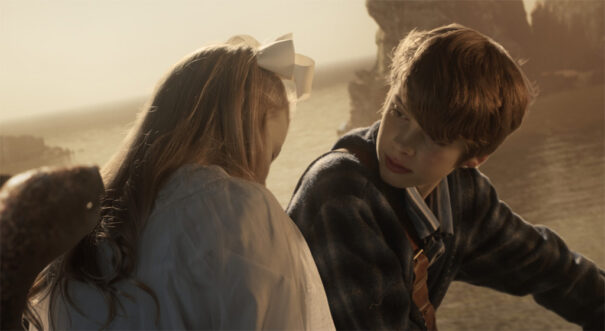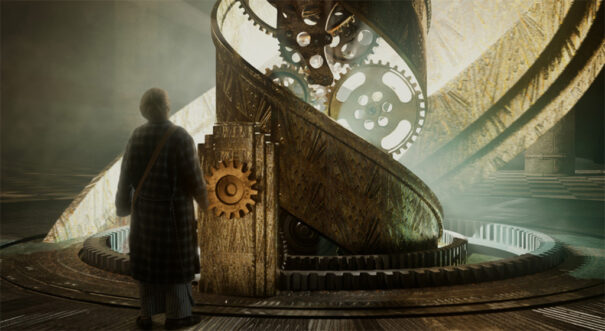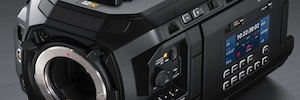Blackmagic enables new production methodology based on ray tracing in ‘Don’t Go Below’.
Ray tracing has been a key concept in bringing greater realism to the new film Don’t Go Below, shot on Blackmagic Design’s Pocket Cinema Camera 4K and 6K.
Don’t Go Below, to be released worldwide in 2023, tells the story of a 12-year-old boy named Peter and his sister Verity, who are taken to the underground kingdom of the “pangolins” where, according to a prophecy, Peter is king and must embark on a mission to save the people from the mysterious Shroud.
For the film, director Matt Drummond simulated an instantaneous ray tracing system using ultra-short throw projectors and ambient light rejection screens. With this innovative system, he was able to dramatically improve the authenticity of the visual effects by simulating the way light reflects and refracts in the real world. He also used Blackmagic Pocket Cinema Camera models with a higher ISO sensitivity to control excess light, which allowed him to reduce the amount of light and achieve more dramatic shots. Similarly, this instant projection system gave the main actors (aged 9 and 12) a greater sense of how to interact with other characters in the fantasy world in which the story is set.
Drummond also highlights the performance of the Pocket Cinema Camera 6K model, which “is absolutely incredible”: “The latitude is amazing. The size and weight of the cameras also meant my crew and I were able to be extremely agile. This was important as I had a compressed time frame and a tiny crew.”
DaVinci: the key to post-production
Drummond decided to use Blackmagic’s DaVinci Resolve as the main editing system for Don’t Go Below, which allowed editor Joseph Morris to edit each scene on his own timeline so that he could divide up the work in a more manageable way, as the film includes more than 1600 visual effects shots including computerised environments and characters.
Using Fusion Studio, the filmmaker was able to create a macro that allowed him to perform all sorts of procedures when compositing, automatic overlays, image-based artificial lighting, re-lighting shots, removing unwanted tones, or combining compositing with background images, among other techniques: “The integration of the VFX rendered in Unreal Engine was very simple, and the ability to effortlessly composite shots in full 32 bit float at 6K was far and above what my previous workflow could handle.” Drummond recalls.
Blackmagic’s DaVinci also facilitated the export of the SDR and HDR versions of Don’t Go Below: “Color grading has always been DaVinci’s forte, and so it goes without saying this process was very easy, but the ACES 1.3 integration with Dolby Vision made the process of creating HDR and SDR deliverables very easy.”
Ti è piaciuto questo articolo?
Iscriviti al nostro Nutrire e non ti perderai nulla.


















